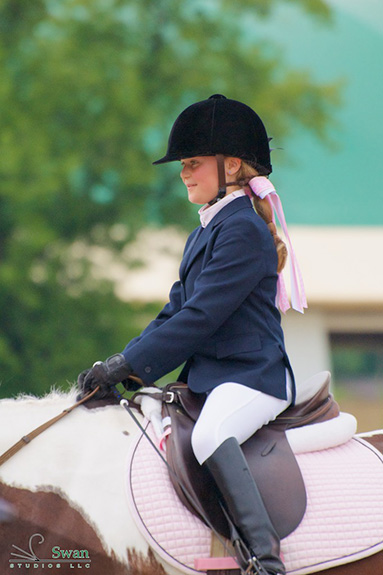

**New Items and Updates for the 2024 Competition Year!! **
New for 2024: 2024 Updates
Forms for Schooling shows
- Schooling Traditional Dressage Score Report Form
- Schooling Mini Event Score Report Form
- Schooling Combined Training Score Report Form
- Schooling Checklist
- TIP Awards Report Form
- Western Dressage Score Report Form
- Volunteer-Hours-Reporting-Form
